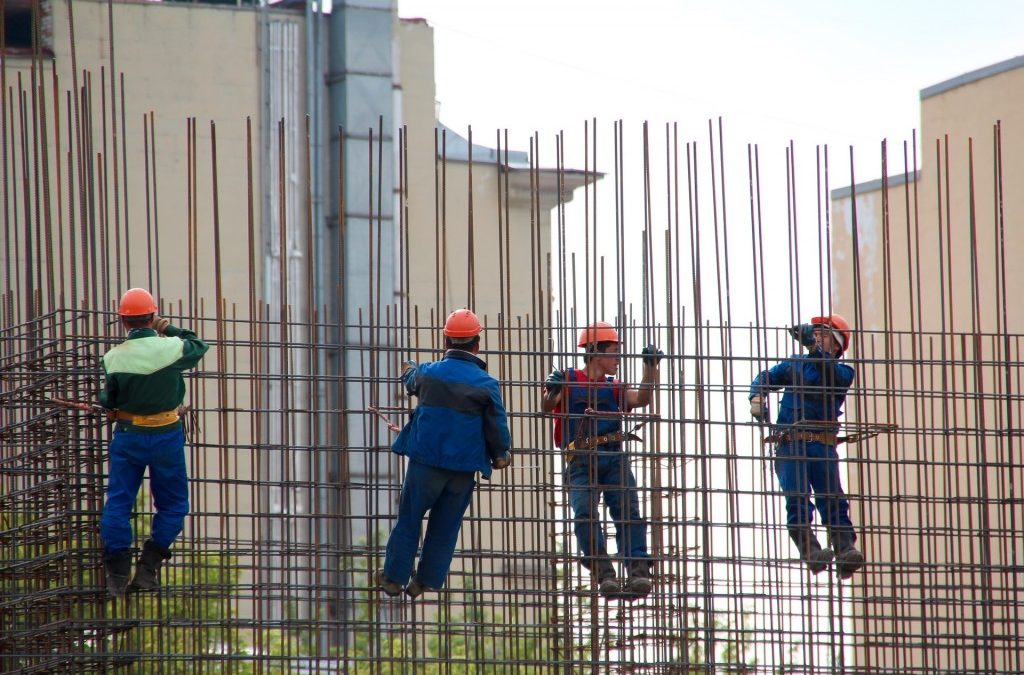The Occupational Safety and Health Administration (OSHA) establishes rules, regulations, and standards for safe working environments. Employers are required by law to comply with OSHA rules to provide a safe workplace for employees. If an employee is injured on the job, and an investigation by OSHA determines that the employer complied with all rules and regulations, the employer can avoid liability for the accident and injury and a potential lawsuit by a Chicago workers compensation attorney. Recently, OSHA withdrew its “slip, trip and fall rule” to review associated benefits and costs, but the withdrawal has created potential problems for employers who don’t know how to handle these workplace injuries.
How Does This Affect Employers?
OSHA’s “slip, trip and fall rule” created a safety-net for many employers. The rule provided protection for employers with “grey areas” on some issues. For example, the part of the rule that governed guardrails set the standard height for guardrails at 42 inches. However, a height of 36 to 37 inches was considered an acceptable minimum height, so guardrails within these ranges were not considered to be in violation. With the removal of the slip, trip and fall rule, employers are now confused about the acceptable guardrail height. Employers with guardrails that are 36 to 37 inches are unclear if they need to raise the height to 42 inches to be in compliance with OSHA regulations.
The removal of the “slip, trip and fall rule” may have a significant impact on employers. Each year, slip, trip and fall accidents account for billions of dollars in workers’ compensation payments and lawsuits filed by a Chicago workers compensation attorney. According to safety reports, employers spent over $15 billion on workplace injuries from serious falls.
Is the Removal of the Rule Permanent?
OSHA’s original slip, trip and fall rule was established in 1990. According to OSHA, the recent removal of the rule in December 2015 is temporary and will be re-published after it has been reviewed. According to W.E. Scott, the director of consulting services for the National Safety Council in Itasca, Illinois, the slip, trip and fall rule protects both employers and employees under workers compensation laws. In 2015, reports showed over 3,500 serious injuries and 20 fatalities due to slips, trips, and falls that required legal assistance from a Chicago workers compensation attorney.


Recent Comments